Quick Stats:
Care Level ? Easy | Temperament ? Semi-aggressive | Color Form ? Blue, White | Diet ? Omnivore | Reef Compatible ? With Caution | Water Conditions ? sg 1.020?1.025, 72?78? F, dKH 8?12, pH 8.1?8.4 | Max. Size ? 1′ 4″ | Family ? Pomacanthidae | Minimum Tank Size ? 150 gallons | Compatibility ? View Chart
Overview
LiveAquaria is proud to offer hobbyists captive-bred Asfur Angelfish as part of our increasing selection of captive bred, sustainably raised and cultured aquatic life to stock your aquarium. Captive-bred Asfur Angelfish have a unique advantage over wild-harvested species. They are hardier and more accustomed to conditions found in home aquariums. As such they make a great choice for novices and seasoned aquarists alike.
Asfur Angelfish, also known as Arabian or Crescent Angelfish, are originally found in the Red Sea but are also found in the Indo-Pacific Ocean inhabiting protected inshore reefs and lagoons rich in soft and hard corals. Asfur Angelfish boast an elegantly simple yet bold color scheme with a dark blue/purple body, black face, yellow tail, and a prominent yellow crescent bisecting the body vertically.
Though similar in appearance and often confused with Pomacanthus maculosus, Asfur Angelfish can be easily distinguished from their cousin by examining the caudal (tail) fin. Asfur Angelfish have bright yellow tails opaque in coloration in contrast to the translucent pale yellow/white tails of Maculosus Angelfish. As with some other members of Pomacanthus Family, the coloration of juveniles differs markedly from adults.
As a large-growing species, Asfur Angelfish should be housed in an established aquarium at least 150 gallons in size with a generous amount of live rock carefully aquascaped to provide ample shelter (bolt holes) as well as large open spaces to swim. Though somewhat shy in nature, Asfur Angelfish demonstrate territorial aggression towards other Asfurs, so it is advisable to house only a single specimen per system. Asfur Angelfish are prone to nip at stony and soft corals (sessile invertebrates) and clam mantles but may be kept (with caution) with small polyped stony corals and somewhat noxious soft corals. All Angelfish are hermaphroditic, making male Asfur Angelfish indistinguishable from females thus adding to the difficulty and complexity of breeding them in a captive environment.
The Asfur requires a varied diet of vegetables (seaweed/nori), meats, and angelfish preparations containing spongiform products.
Approximate Purchase Size: Medium: 1-1/2″ to 2″; Large: 2″ to 3″
Only logged in customers who have purchased this product may leave a review.

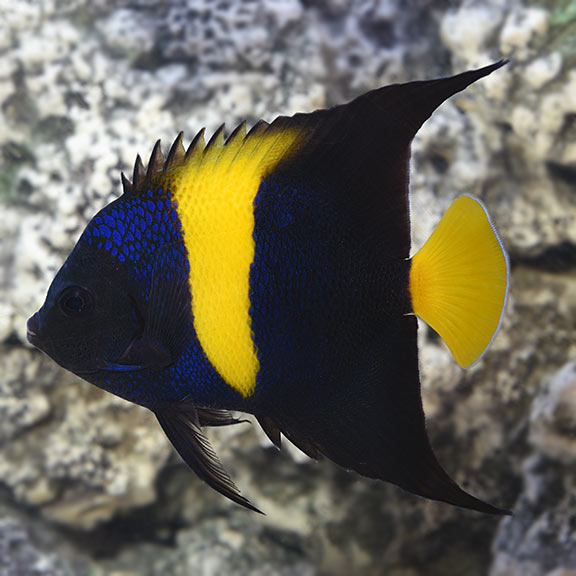
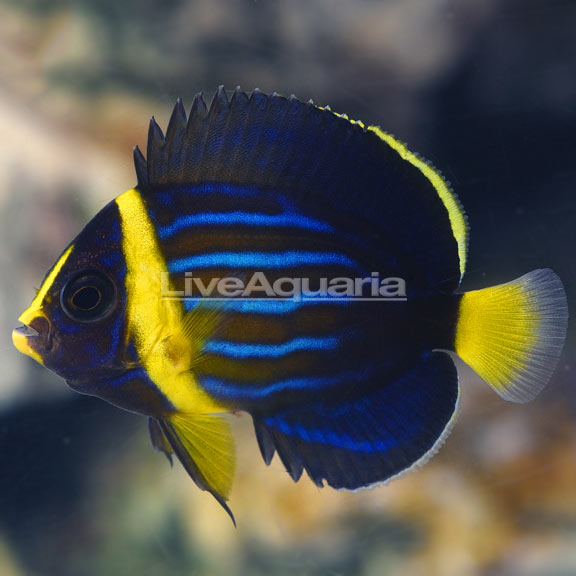
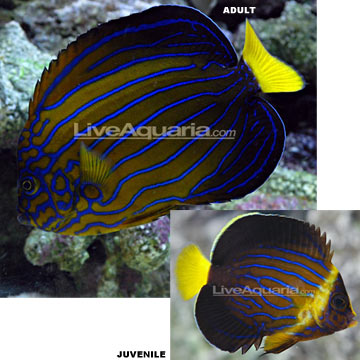

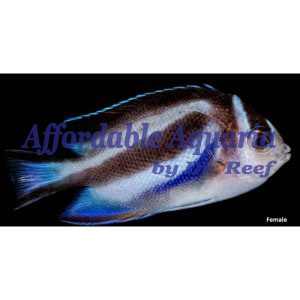
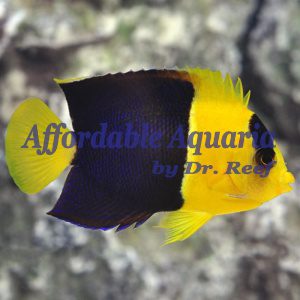
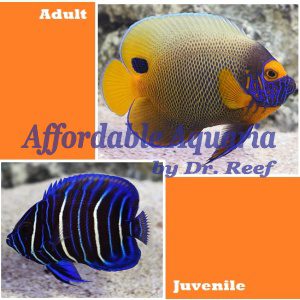
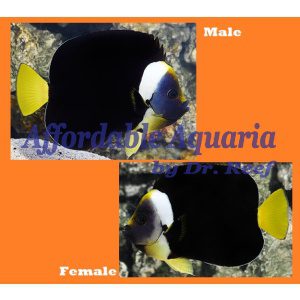
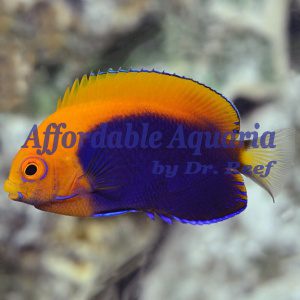
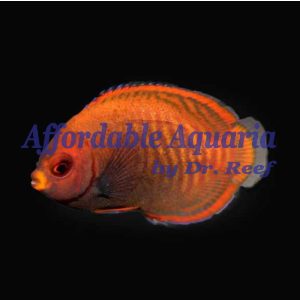
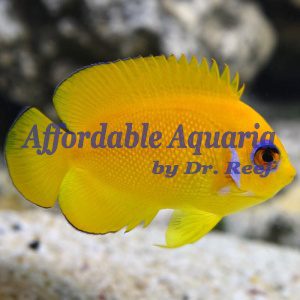
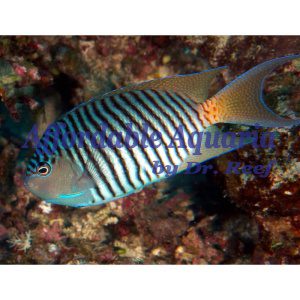
Reviews
There are no reviews yet.